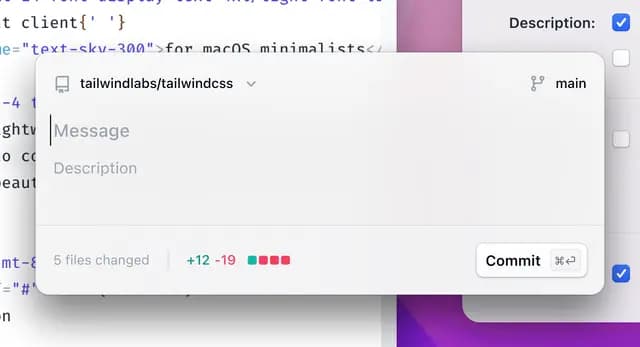
Okra: track your Objectives and Key Results
Okra is a simple and intuitive web application to track and achieve the Objectives and Key Results (OKRs) of your business. It integrates with popular project management tools like Jira and Azure DevOps to provide a seamless experience for your team.
Define and reach realistic objectives to drive your business, and stay on top of them with regular check-ins, beautiful graphs and effective reporting.
Features
- Track your Goals - Define your Objectives and Key Results and track them over time in a modern and intuitive interface.
- Integrate with existing tools - Okra integrates with popular project management tools like Jira and Azure DevOps to provide a seamless experience for your team and update the progress of your OKRs automatically.
- Stay on track with check-ins - Regular check-ins with your team to update the progress of your OKRs and keep everyone aligned with the company's goals.
- Beautiful graphs and reporting - Visualize your progress with beautiful graphs and reports that help you understand how your team is performing and where you need to focus your efforts.


